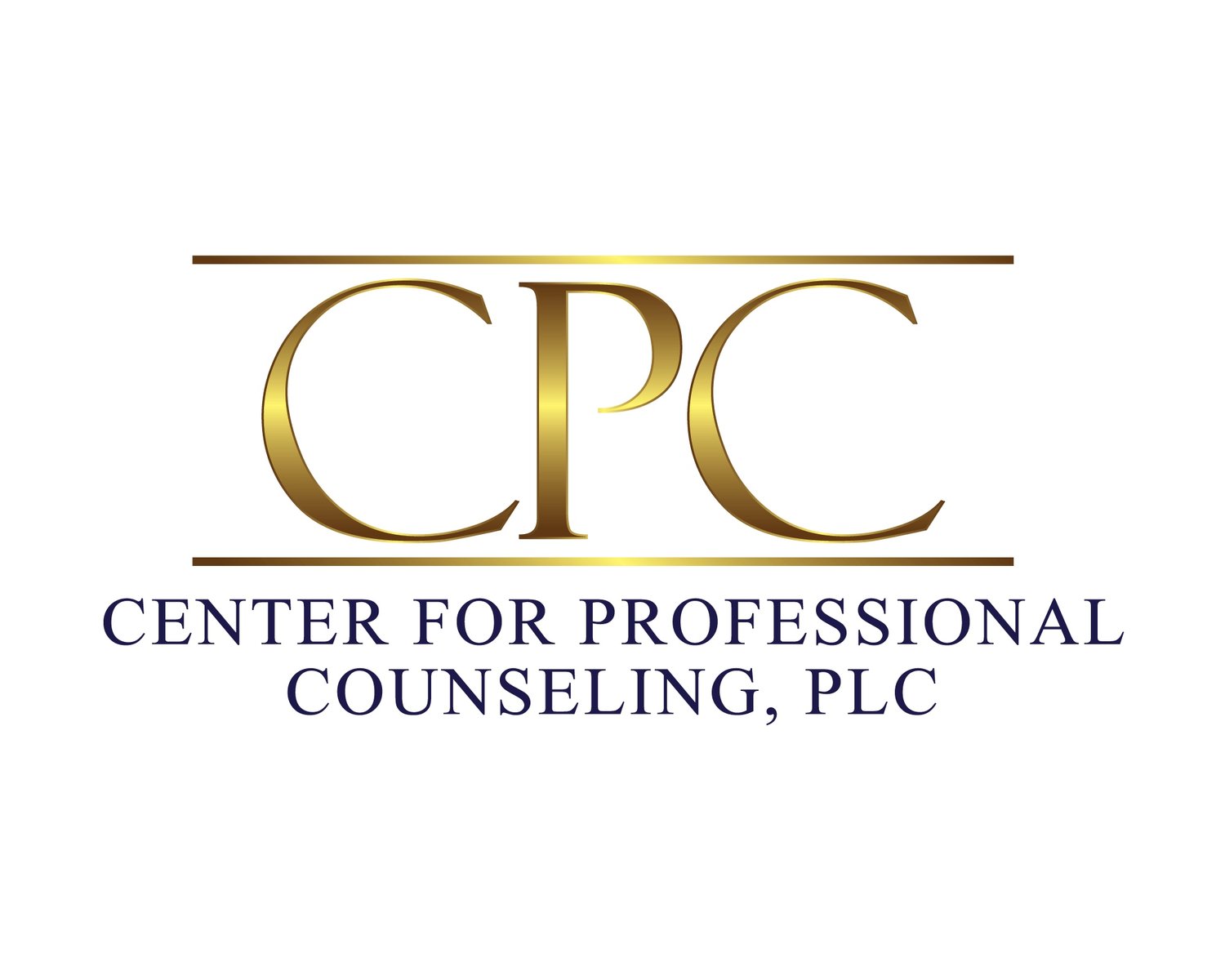Post Traumatic Stress Disorder
Post Traumatic Stress Disorder (PTSD)
PTSD is a clinical condition, and a consequence of exposure to extreme traumatic experiences happening to the person or witnessed happening to others such as motor vehicle accidents, assault, robbery, rape, combat, torture; situations that are threatening to the integrity of the person. When experienced, the brain’s fight or flight response switches to “survival mode”, working hard to avoid similar experiences. The person remains in a hyper-vigilant state consistently screening for danger. They may even experience flashbacks. Those with PTSD often also experience depression and high anxiety.
PTSD is defined in the DSM-5 as:
Exposure to actual or threatened death, serious injury, or sexual violence in on (or more) of the following ways:
Directly experiencing the traumatic event(s)
Witnessing, in person the event(s) as it occurred to others
Learning that the traumatic event(s) occurred to a close family member or close friend.
Experiencing repeated or extreme exposure to aversive details of the traumatic event(s)
And
Presence of one or more of the following intrusion symptoms associated with the traumatic event(s), beginning after the traumatic event(s) occurred:
Recurrent, involuntary, and intrusive distressing memories of the traumatic event(s)
Recurrent distressing dreams in which the content and/or affect of the dream are related to the traumatic event(s)
Dissociative reactions (e.g., flashbacks) in which the individual feels or acts as if the traumatic event(s) were recurring.
Intense or prolonged psychological distress at exposure to internal or external cues that symbolize or resemble an aspect of the traumatic event(s)
Marked physiological reactions to internal or external cues that symbolize or resemble an aspect of the traumatic event(s)
And
Persistent avoidance of stimuli associated with the traumatic event(s), beginning after the traumatic event(s) occurred, as evidenced by one or both of the following:
1) Avoidance of or efforts to avoid distressing memories, thoughts, or feelings about or closely associated with the traumatic event(s)
2) Avoidance of or efforts to avoid external reminders (people, places, conversations, activities, objects, situations) that arouse distressing memories, thoughts or feelings about or closely associated with the traumatic event(s)
And
Negative alterations in cognitions and mood associated with a traumatic event(s), beginning or worsening after the traumatic event(s) occurred, as evidence by two (or more) of the following:
Inability to remember an important aspect of the traumatic event(s)
Persistent and exaggerated negative beliefs or expectations and that one's self, others, or the world
Persistent, distorted cognitions about the cars were consequences of the traumatic event(s) that led the individual to blame himself/herself or others.
Persistent negative emotional state (e.g., fear, horror, anger, guilt, or shame).
Markedly diminished interest or participation in significant activities
Feelings of detachment or estrangement from others
Persistent inability to experience positive emotions
And
Marked alterations in arousal and reactivity associated with the traumatic event(s), beginning or worsening after the traumatic event(s) occurred, as evidence by two or more of the following:
Irritable behavior and angry outbursts (with little or no provocation) typically expressed as verbal or physical aggression toward people or objects
Reckless or self-destructive behavior
Hypervigilance
Exaggerated startle response
Problems with concentration
Sleep disturbance
And
Duration of the disturbance is more than one month
The disturbance causes clinically significant distress or impairment in social, occupational, or other important areas of functioning
The disturbance is not attributable to the physiological effects of a substance

